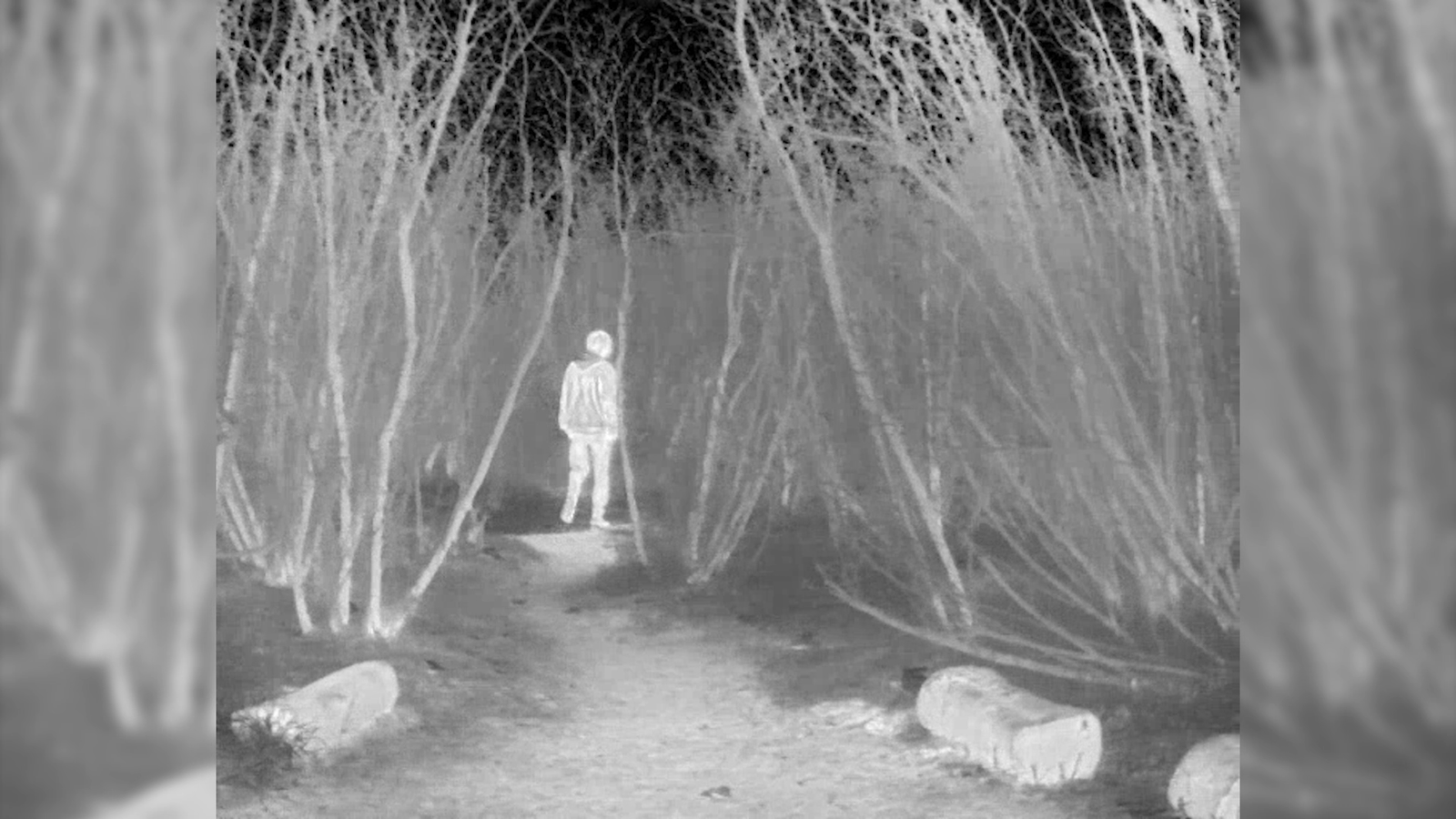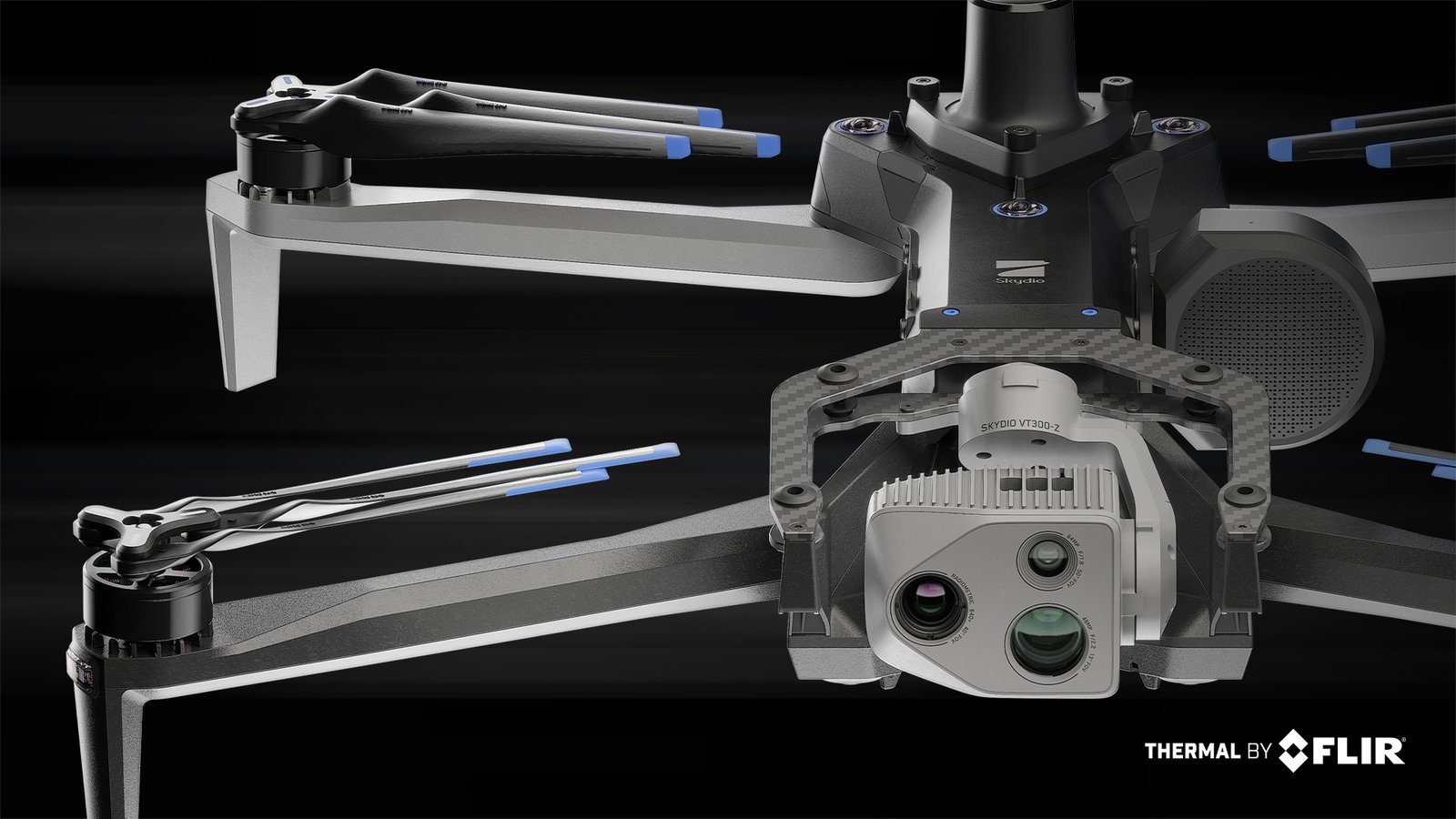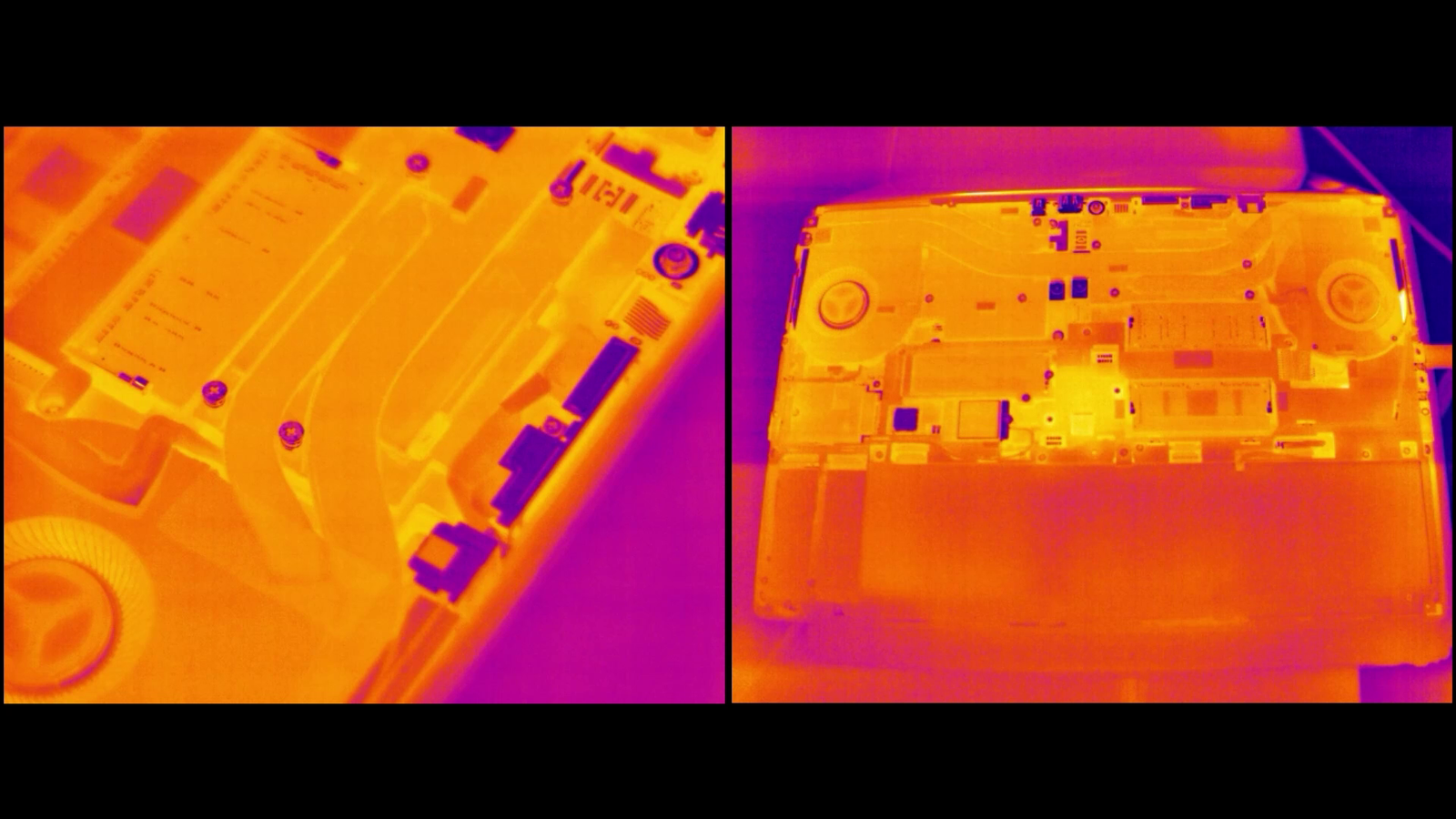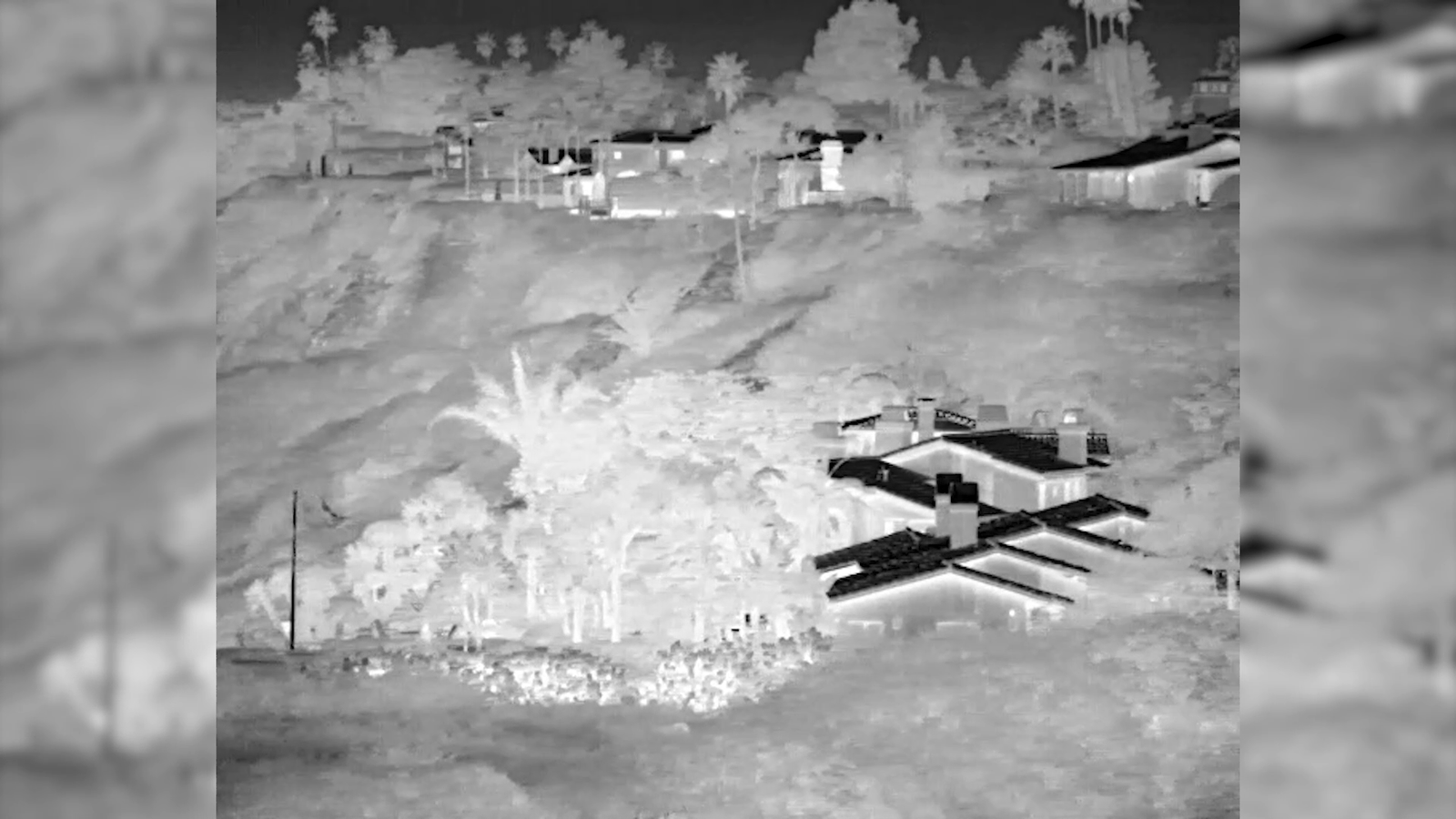
- Home
- Products
- Mirrorless Z 30
High Performance, Uncooled, Longwave Infrared (LWIR) OEM Thermal Camera Module
Boson®+ CZ 14-75
Made in the USA, and ITAR-free, the Boson+ CZ 14-75 combines Teledyne FLIR’s Boson+ world-class longwave infrared (LWIR) OEM camera module and 5x continuous zoom (CZ) lens offering a high–performance imaging solution. It features an industry-leading thermal sensitivity of ≤20 mK and an upgraded automatic gain control (AGC) filter delivering dramatically enhanced scene contrast and sharpness. The high-performance lens and control electronics maintain focus through zoom and provide real-time thermal gradient compensation as well as flexibility for user-defined command syntax and expansion for additional features.
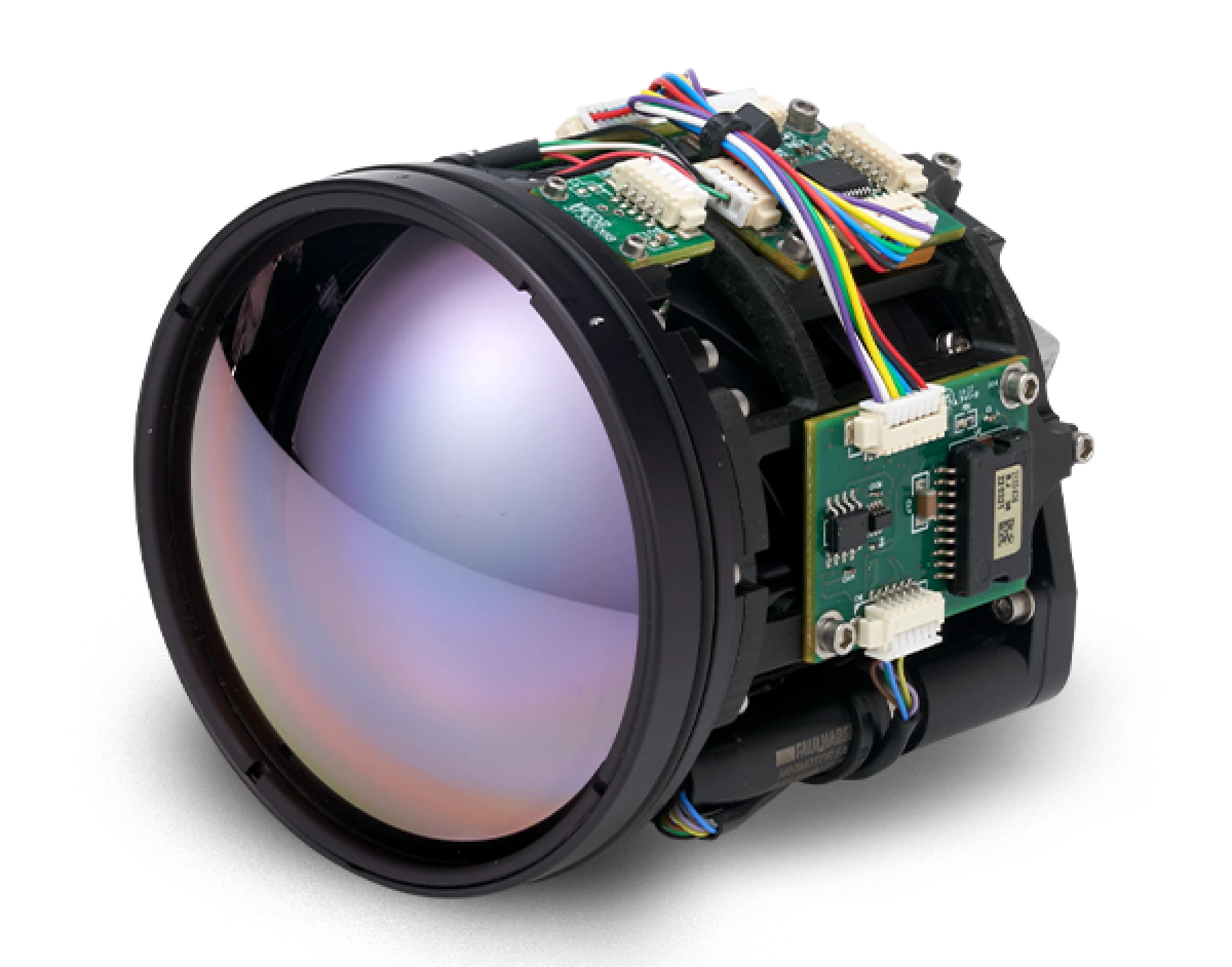
- Home
- Products
- Mirrorless Z 30
High Performance, Uncooled, Longwave Infrared (LWIR) OEM Thermal Camera Module
Boson®+ CZ 14-75
Made in the USA, and ITAR-free, the Boson+ CZ 14-75 combines Teledyne FLIR’s Boson+ world-class longwave infrared (LWIR) OEM camera module and 5x continuous zoom (CZ) lens offering a high–performance imaging solution. It features an industry-leading thermal sensitivity of ≤20 mK and an upgraded automatic gain control (AGC) filter delivering dramatically enhanced scene contrast and sharpness. The high-performance lens and control electronics maintain focus through zoom and provide real-time thermal gradient compensation as well as flexibility for user-defined command syntax and expansion for additional features.
Overview
Product
Description
Documents
Downloads
Training
Description
The Boson+ camera module and 14 mm to 75 mm CZ lens are designed for each other, providing optimal performance and a single system warranty only achievable from a single source. The factory-integrated system lowers development and manufacturing risk and improves time-to-market, making the reliable Boson+ CZ 14-75 ideal for unmanned aerial vehicles, perimeter surveillance, light armored vehicle situational awareness and targeting, and soldier sighting systems.
Documents
Downloads
Accessories
Training
Downloads
Brochure
Datasheet
IDD
User Manual
Note: You must be logged in to download software or firmware. Log in or create an account.
GUI
Software Download
Highlights
Turnkey Solution for Integrators
Market-leading Thermal Sensitivity, Contrast, and Latency
NEDT of ≤20 mK extends detection, recognition, and identification (DRI) performance
Seamless Opto-Mechanical
Integration
Camera and lens factory-designed to optimize performance and cost
Designed
for Integrators
Advanced control electronics, hardware, and integration support simplify integration and maximize reliability

THE TELEDYNE FLIR ADVANTAGE
Integrating Teledyne FLIR thermal camera modules is now easier with our library of how-to-videos, application notes, and our comprehensive support center with product drawings, datasheets, and more!
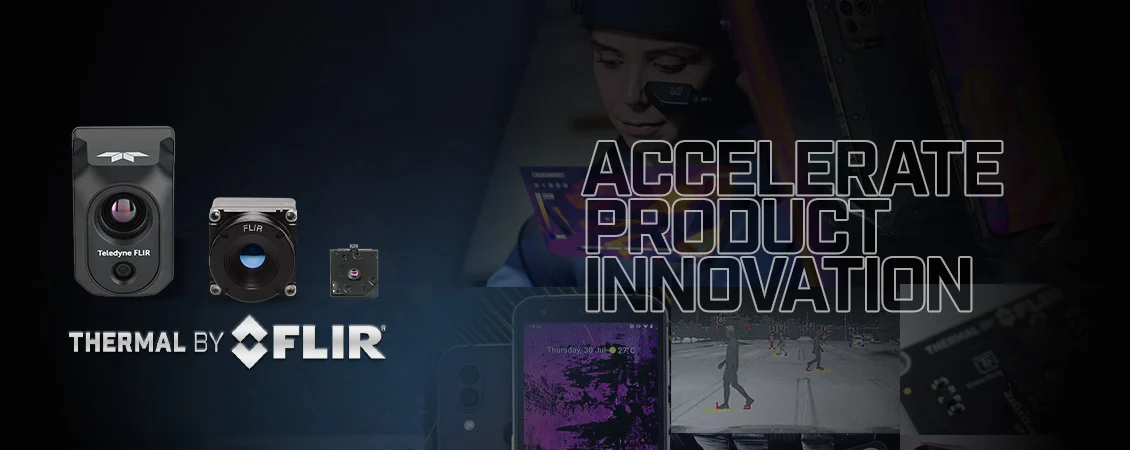
The Power of Boson
With nearly sixty models, the ITAR-Free Boson family represents the most dynamic, highest-performing uncooled thermal imaging technology in the Teledyne FLIR portfolio.
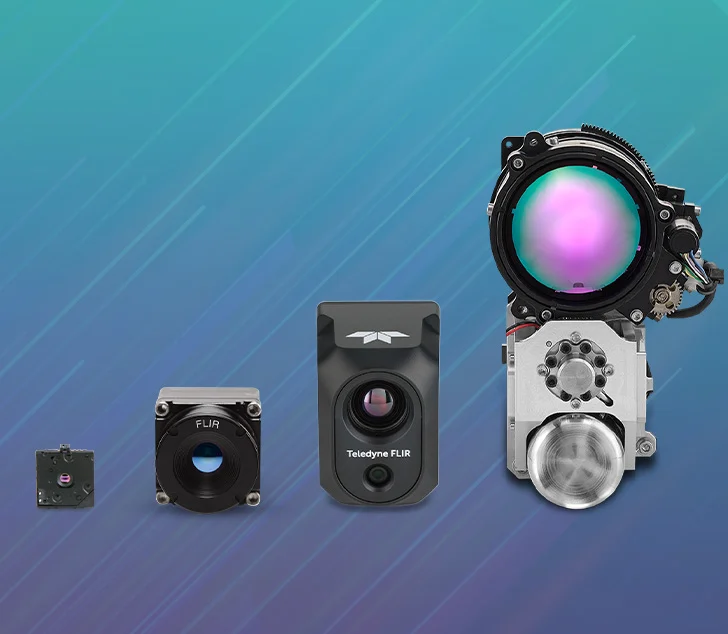
INNOVATE WITH THE INDUSTRY'S BEST CORES
With industry-leading reliability, performance, size, weight, and power, they are ideal for defense, commercial, and security applications.
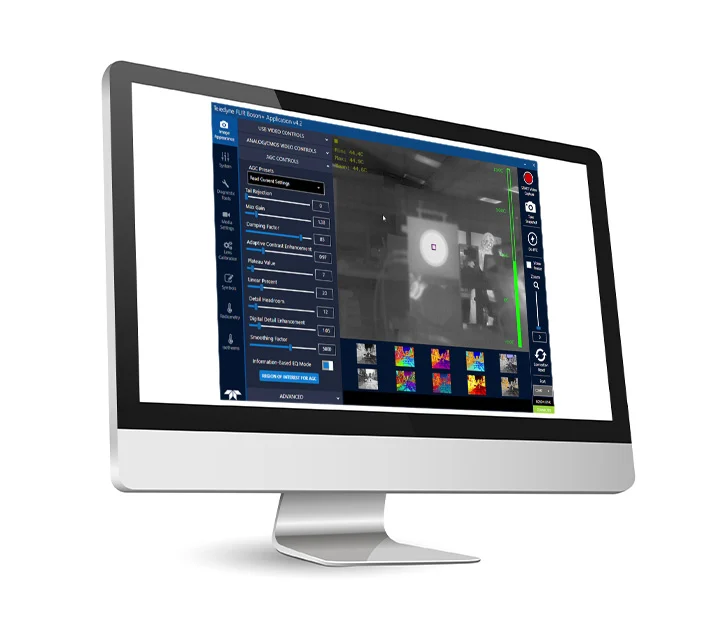
GUI 4.6.6 for
Boson+
The Boson GUI provides the ability to quickly access radiometry settings critical to high-speed integration cycles, balancing schedule, cost, and performance.
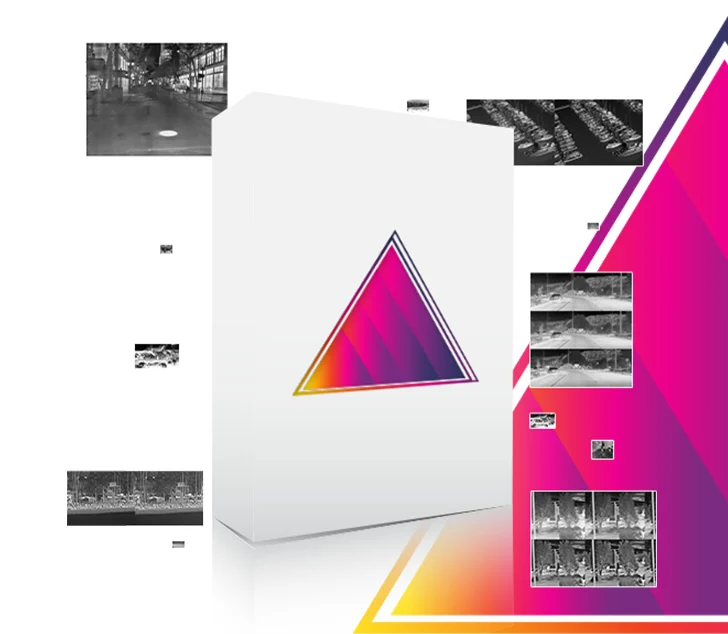
Prism
The end-to-end computational imaging ecosystem that supports various AI-powered object detection and tracking capabilities and advanced image processing.
Specifications
| PARAMETERS | DESCRIPTION |
|---|---|
| Pixel Size | 12 µm |
| Frame Rate Options | 60Hz default; 30 Hz runtime selectable |
| Thermal Spectral Range | Longwave infrared; 7.5 µm – 14 µm |
Performance
| Thermal Spectral Range | Longwave infrared; 7.5 µm – 14 µm |
Imaging & Optical
| Array format | 640 x 512 |
| Boresight Drift Through Zoom | < 0.10mm |
| Distortion | WFOV <6% NFOV <1% |
| f-number | 1.2 |
| Focal Length | NFOV = 75mm +4% / -0%; WFOV = 14mm +0% / -4%. |
| Focus Change Time | < 0.5 sec |
| FOV Change Time | < 1.5 sec |
| Image Orientation | Adjustable (vertical flip and/or horizontal flip) |
| Minimum Focus Distance | NFOV > 18M> WFOV > 3M |
| Non-Uniformity Correction (NUC) | Factory calibrated; updated FFCs with FLIR’s Silent Shutterless NUC (SSN™) |
| Parfocality | At 20 °C the lens shall stay in focus thru zoom within 1/4-wave at 10.6µm |
| Pixel Size | 12 µm |
| Relative Illumination | RI falloff < 10%; Flux change through zoom < 4% |
| Symbol overlay | Re-writable each frame; alpha blending for translucent overlay |
| Thermal Sensitivity | <20 mK (Industrial) <30 mK (Professional) |
Connections & Communications
| Control Channels | UART, USB or I2C |
| Peripheral Channels | I2C, SPI, SDIO |
| Serial Communication | The following serial communications shall be set: RS232, 38400 baud, 1 stop bit, 8 data bits, no parity |
| Video Channels | CMOS, MIPI or USB3 |
Electrical
| Power Supply | Nominal voltage 12V ± 1V |
Mechanical
| Size | 101 (L) x 77 (w) x 77 (h) mm |
| Weight | 390 g |
Environmental & Approvals
| Design and Construction | Lens assembly to meet MIL-STD-1472 and MIL-HDBK-1686 |
| DLC Option | With DLC front coating, lens to withstand humidity, severe abrasion, and salt fog exposure |
| ESS Thermal | Lens assembly to be subjected to -35 °C to +70 °C temperature extremes with a maximum of 5 deg/min ramp rate and a minimum dwell of 60min at each temperature extreme |
| ESS Vibration | Random vibration, from 10 Hz to 500 Hz with the following vibration profile along the optical axis for a
minimum of 10 minutes: at 10 Hz, 0.01 G2/Hz at 50 Hz, 0.01 G2/Hz at 80 Hz, 0.04 G2/Hz at 350 Hz, 0.04 G2/Hz at 500 Hz, 0.01 G2/Hz |
| Focus Over Temperature | Maintain focus from -35 °C to 70 °C |
| IP Rating [At Front of Lens] | IP67 |
| Lens Window Transmittance | HEAR L1: >/= 84% for band 8-12 µm DLC L1: >/= 78% for band 8-12 µm |
| Non-Operating Temperature Range | Non-operating range -40 °C to 80 °C |
| Operating Temperature | -40 °C to 70 °C |
| Operational Altitude | 12 km (max altitude of a commercial airliner or airborne platform) |
| Protection and Anti-Reflection Coatings | Lens elements shall be coated with anti-reflection coatings subject to adhesion, moderate abrasion, and humidity per durability requirements of MIL-PRF-13830 |
| Shock | 9G with 11msec half-sine pulse, minimum 3 pulses for each of 3 axes |
| Solar protection | Yes, when integrated with factory lens |
Export Designations
| ECCN Code | 6A003.b.4.b (Fast Video, 60Hz) 6A993.A (Slow Video, 9Hz) |
Media gallery
3rd Party Lens Calibration with FLIR Boson and Boson+
AGC Tuning with FLIR Boson and Boson+
MIPI Integration with FLIR Boson and Boson+
Setting Up Radiometry with FLIR Boson and Boson+
Software Integration with FLIR Boson and Boson+
Video Interfaces with FLIR Boson and Boson+

